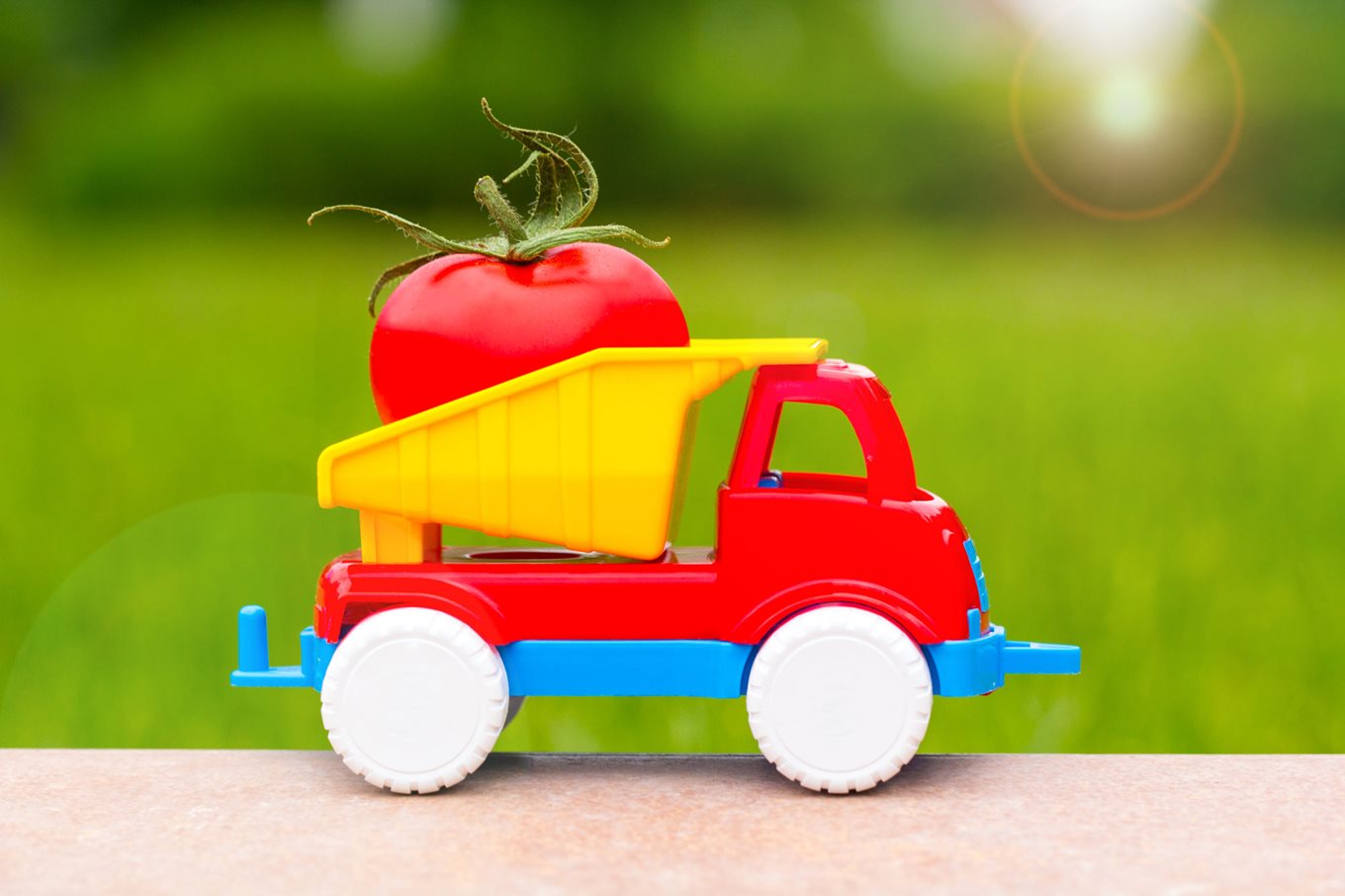Food delivery and storage

There are several food safety hazard points associated with food delivery and storage.
Delivery
The delivery vehicle/conveyance/container must:
- Be clean and pest-proof
- Be weatherproof
- Be maintained at the correct temperature: 0˚C to +5˚C for refrigerated and -18˚C or below for frozen
- Not be used for transport of non food items where it may result in contamination
- Not be overloaded
- Provide effective separation of products
- Be marked clearly
Storage
Correct procedure for storage of food products:
- Dispose of outer packaging/boxes prior to storage
- Store raw foods (i.e. meat, poultry and shellfish) separately from cooked or prepared food. Store raw food below cooked /ready-to-eat food.
- Rotate stock – first in first out (FIFO). (Always check use-by-dates)
- Cleaning materials such as detergents should be stored in a separate area
- Foods can be preserved by drying, freezing and canning
Food storage areas and potential hazards
Potential hazards of dry goods storage (e.g. tins, rice and pasta)
- Bacterial growth due to cross contamination and excessive moisture
- Contamination by pest and insects
- Chemical contamination from cleaning agents
Controls in dry goods store
- Dry goods store must be clean, well lit, ventilated and adequately shelved
- Food must be stored on shelves above the floor
- Containers used for storage must be covered
- Windows must be fitted with insect screens and the store must be kept free from infestation
Potential hazards in fruit and vegetable store
- Insect infestation
- Accelerated spoilage caused by heat and moisture
- Soil on fresh vegetables - can be a problem because of the bacteria soil contains
Controls in fruit and vegetable store
- Fruit and vegetable store should be clean, well lit, ventilated and pest proof
- Ensure good air circulation
- Discard spoiled fruit and vegetables as this can contaminate healthy products
- Store salad items and soft fruits (except bananas) in the salad drawer of the refrigerator
Potential hazards in refrigerated storage
- Bacterial growth
- Cross contamination
- Food beyond date marking
Controls in refrigerated storage
Refrigerating foods slows down the multiplication of bacteria:
- Maintain temperatures of 0-5˚C
- Store raw and cooked/ready-to-eat food separately
- Do not place hot foods directly in the refrigerator as this will cause the temperature of the refrigerator to rise above 5˚C
- Do not overload the fridge as cold air needs to be allowed to circulate
- Defrost and clean the fridge or freezer box regularly
- Keep doors closed to maintain the temperature
- Avoid prolonged storage
- Temperature of food should be recorded
Potential hazards of freezer storage
- Freezer burn – freezer burn damages the quality of your food
- Cross contamination – ensure products are sealed and wrapped
Control in freezer storage
Freezing foods makes bacteria in the product dormant.
- Maintain temperatures of -18˚C or below
- Defrost and clean regularly
- Do not place hot foods directly into the freezer
- Do not overload
- Ensure door is kept closed
- Avoid prolonged storage




